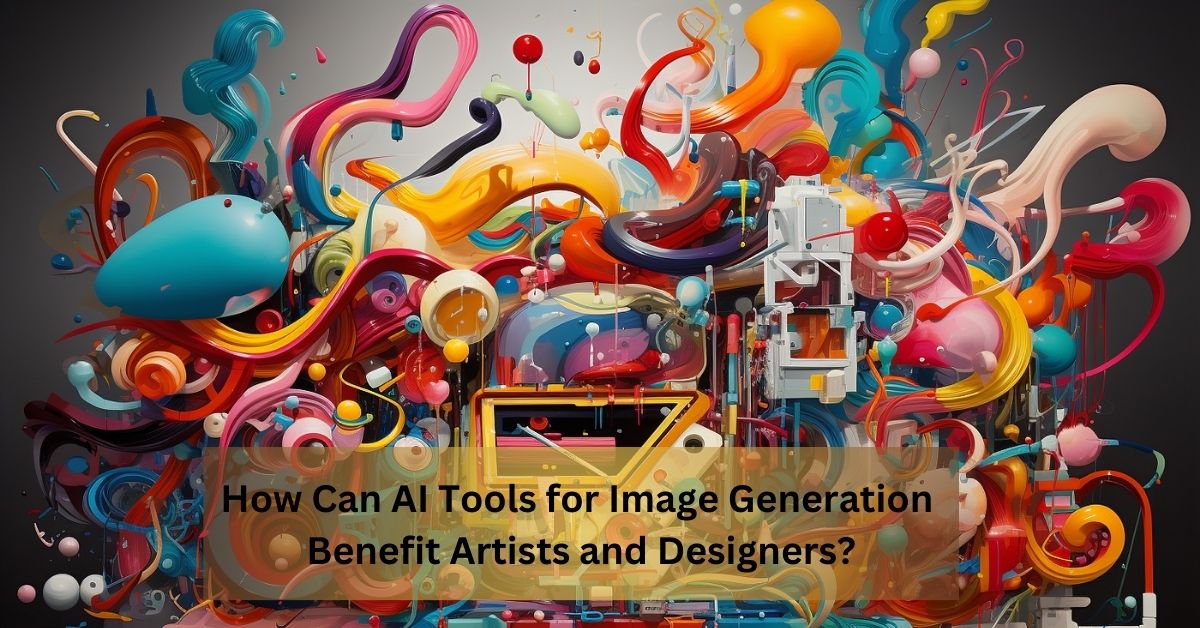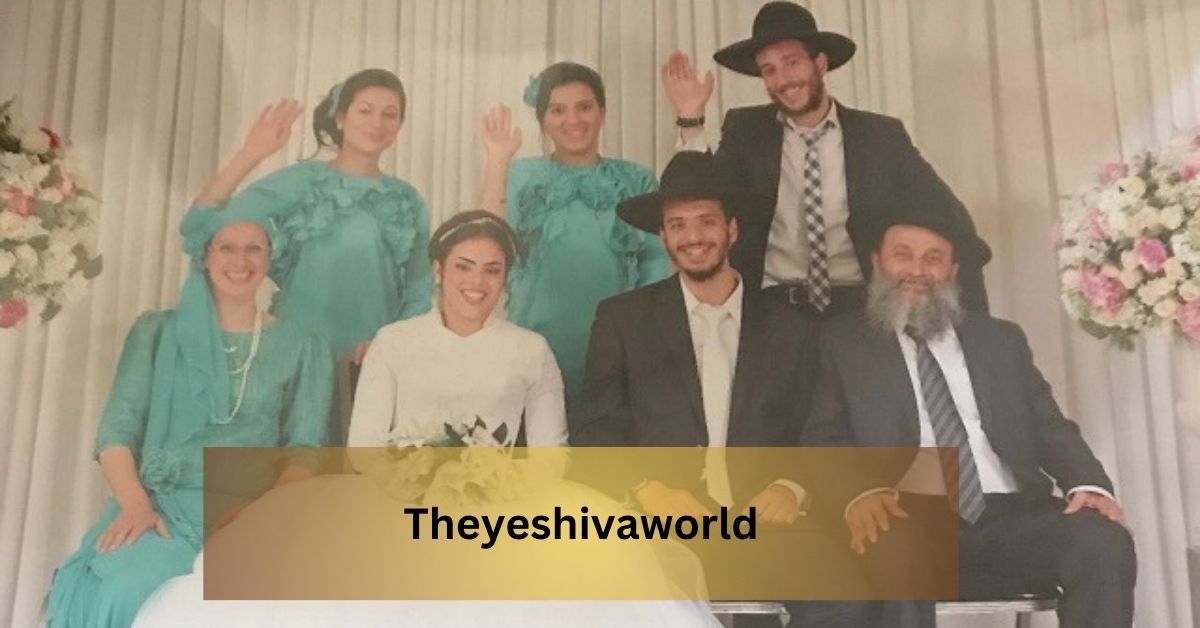In a world where technology and art increasingly intersect, have you ever pondered the potential impact of Artificial Intelligence on the creative processes of artists and designers?
The advent of ai tool for image generation marks a significant shift in the artistic landscape, offering many benefits that transform how artists and designers create, conceptualize, and execute their visions. Let’s delve into how these AI tools shape the future of art and design.
Enhancing Creative Exploration
AI tools for image generation are redefining the boundaries of artistic exploration. They enable artists to experiment with an array of styles, textures, and color schemes at an unprecedented speed.
This kind of exploration was once time-consuming and labor-intensive. Still, now artists can quickly generate and iterate over many visual ideas, pushing the limits of their creativity and discovering new artistic possibilities.
Streamlining the Design Process
These AI tools are revolutionizing the design process by significantly reducing the time and effort required to create visual content. Designers can input basic ideas or themes and receive a variety of visual outputs to choose from or refine. This efficiency speeds up the workflow and allows designers to focus more on the creative aspects of their projects rather than getting bogged down in the technicalities of image creation.
Adobe suggests, “You can use Firefly on its own, but you can use Text to Image in Adobe Express too. Just start typing in the Text to Image text box in Adobe Express to generate a new image to use in a flyer, social post, banner, Reel, or TikTok.”
Facilitating Personalized Art Creation
Personalization is key in today’s art and design world. AI tools for image generation can tailor visuals to specific requirements or preferences, offering a level of customization that is challenging to achieve manually. This capability is particularly beneficial for projects that require a unique touch or for creating art that resonates more personally with the audience.
Bridging the Skill Gap
The technical skills required for high-quality image creation can be a barrier for many aspiring artists and designers. AI image generation tools help bridge this skill gap. They allow individuals with less technical expertise to bring their artistic visions to life, democratizing digital art and opening it up to a broader range of creators.
Supporting Iterative Design
The iterative process is a cornerstone of good design, and AI tools for image generation can significantly enhance this process. Designers can quickly generate multiple concept iterations, making subtle adjustments based on feedback or new ideas. This rapid iteration can lead to more refined and well-thought-out end products.
Reducing Reliance on External Resources
AI image generation tools reduce artists’ and designers’ reliance on external resources, such as stock photos or outsourced graphic design. This independence saves costs and ensures that the creative output is original and distinct, setting their work apart from others.
Expanding the Realm of Possibility
Lastly, AI tools for image generation are expanding what’s possible in art and design. They enable the creation of visuals that might be impossible to produce manually due to technical limitations or the constraints of human imagination. This expansion leads to new art and design forms that challenge our perceptions and push the boundaries of what’s considered possible.
AI tools for image generation are invaluable assets for artists and designers. They enhance creative exploration, streamline design processes, facilitate personalized art creation, bridge skill gaps, support iterative design, reduce reliance on external resources, and expand the realm of creative possibility. As technology continues to evolve, it’s clear that these tools will play an increasingly vital role in the future of art and design, shaping the way we create and interact with visual content.

